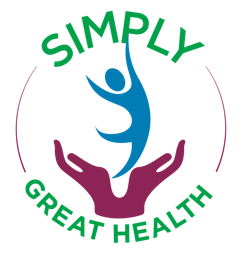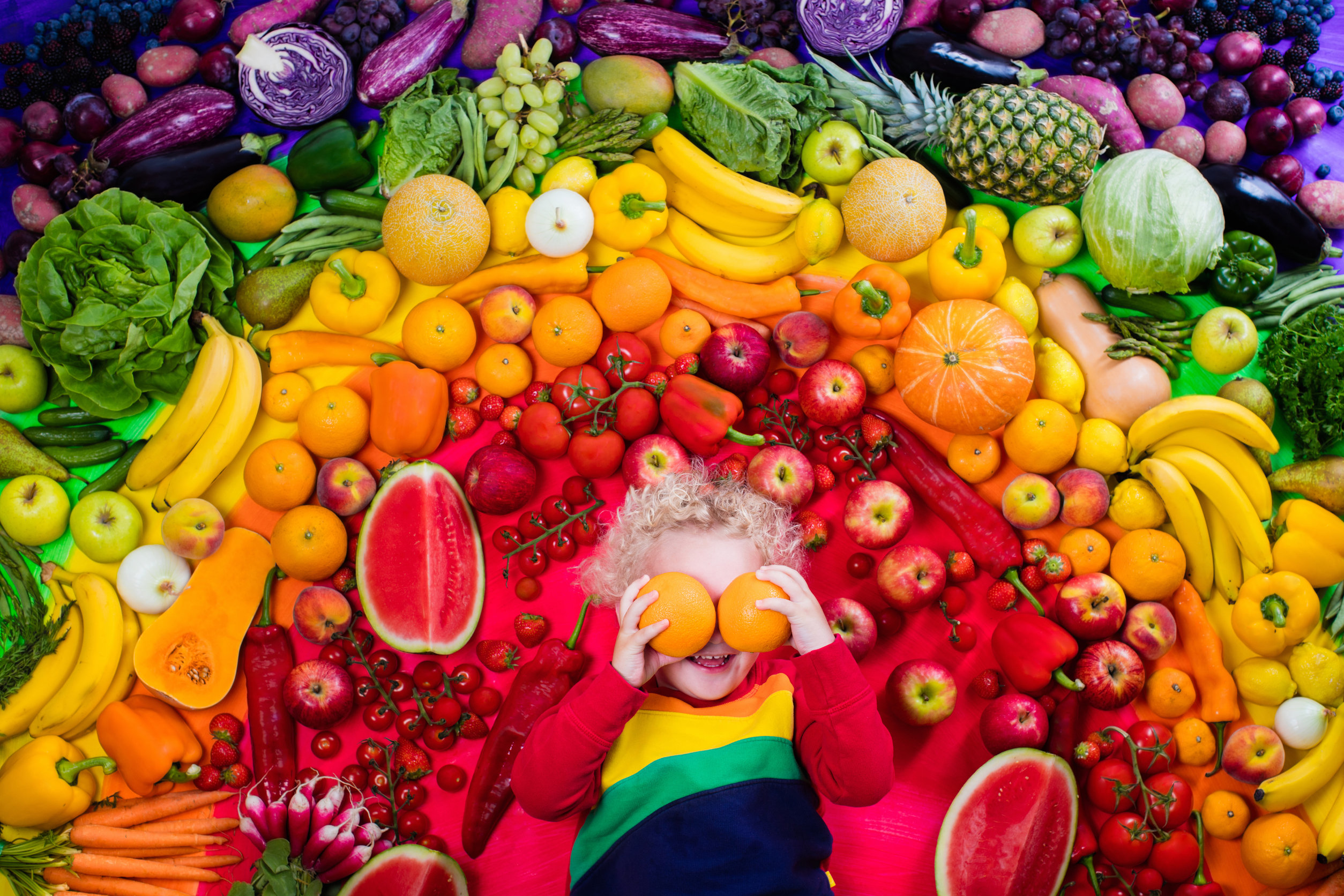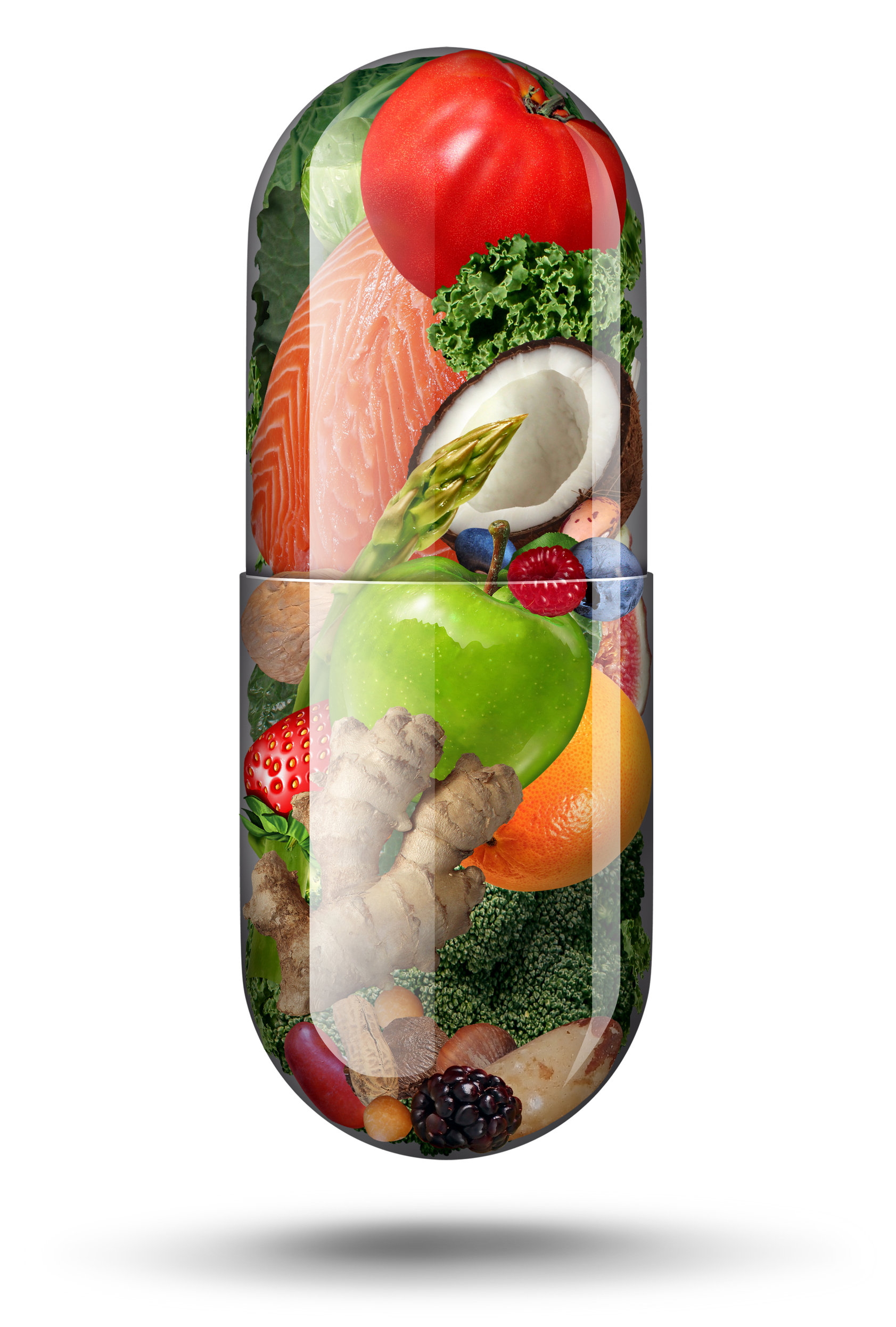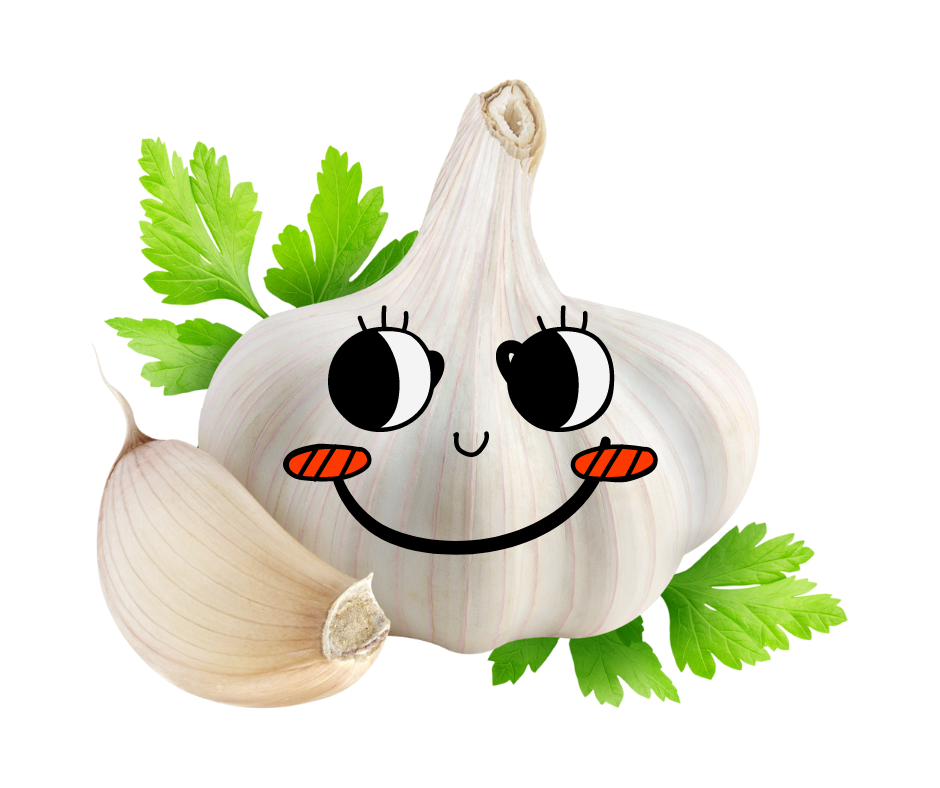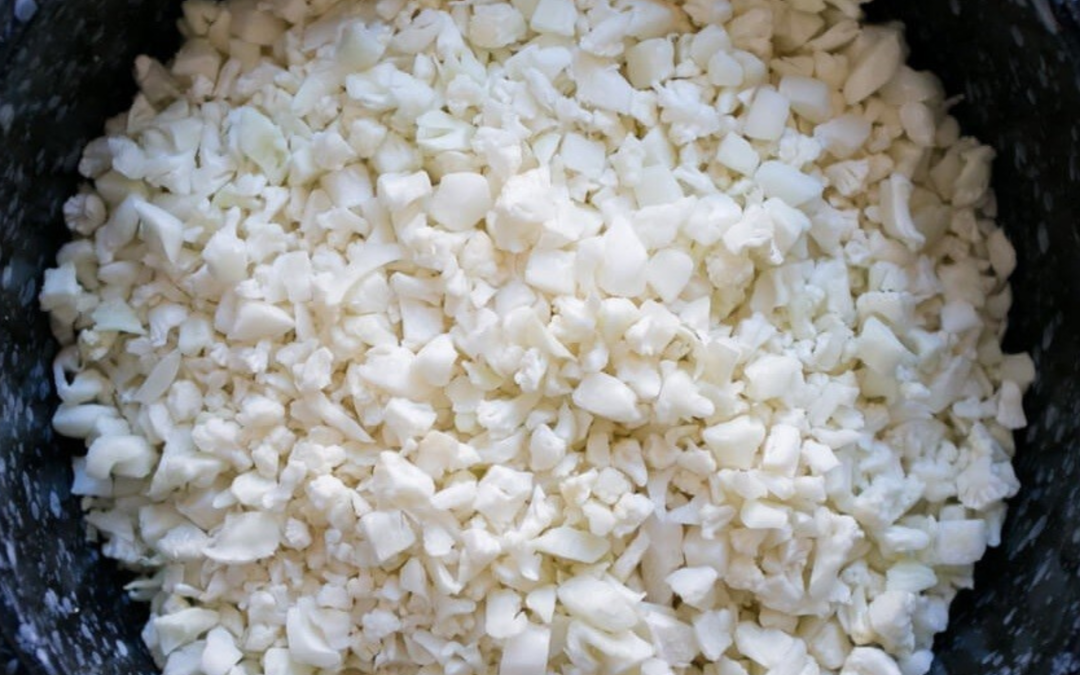
by Alison Bramley | Nov 13, 2023 | Recipes
1 ingredient · 10 minutes · 4 servings
- Add cauliflower florets to the food Process until the cauliflower has a rice-like consistency. (You may need to do this in batches depending on the size of your food processor.)
- Serve it raw or cooked. For cooked cauliflower rice, add to a large frying pan over medium-high heat and sauté for about 3 to 5 minutes, or until warmed Serve immediately.
1 head Cauliflower (chopped into small pieces)
Leftovers
Refrigerate in an airtight container up to 4 days, or freeze either raw or cooked.
No Food Processor
Use a box grater or pulse in a blender, occasionally scraping down the sides.
Serving Size
One serving is equal to approximately one cup of cauliflower rice.
Save Time
Many grocery stores carry pre-riced cauliflower in the bag. Look for it in the fresh, pre-sliced vegetable section or frozen vegetable section.

by Alison Bramley | Nov 13, 2023 | Recipes
3 ingredients · 10 minutes · 4 servings
- In a large pan, combine the coconut milk and cauliflower rice over medium Cook until the cauliflower is tender, about five to eight minutes, or longer until your desired consistency is reached.
- Divide into bowls or containers and top with the blueberries. Enjoy!
485 milliliters Canned Coconut Milk (full fat)
340 grams Cauliflower Rice
296 grams Blueberries
Leftovers
Refrigerate in an airtight container for up to four days.
Serving Size
One serving equals approximately one cup of cauliflower porridge and half a cup of blueberries.
More Flavor
Add coconut butter, coconut cream, cinnamon, sea salt, lemon juice, or vanilla extract.
Additional Toppings
Add almond slices, hemp seeds, or your choice of sweetener.
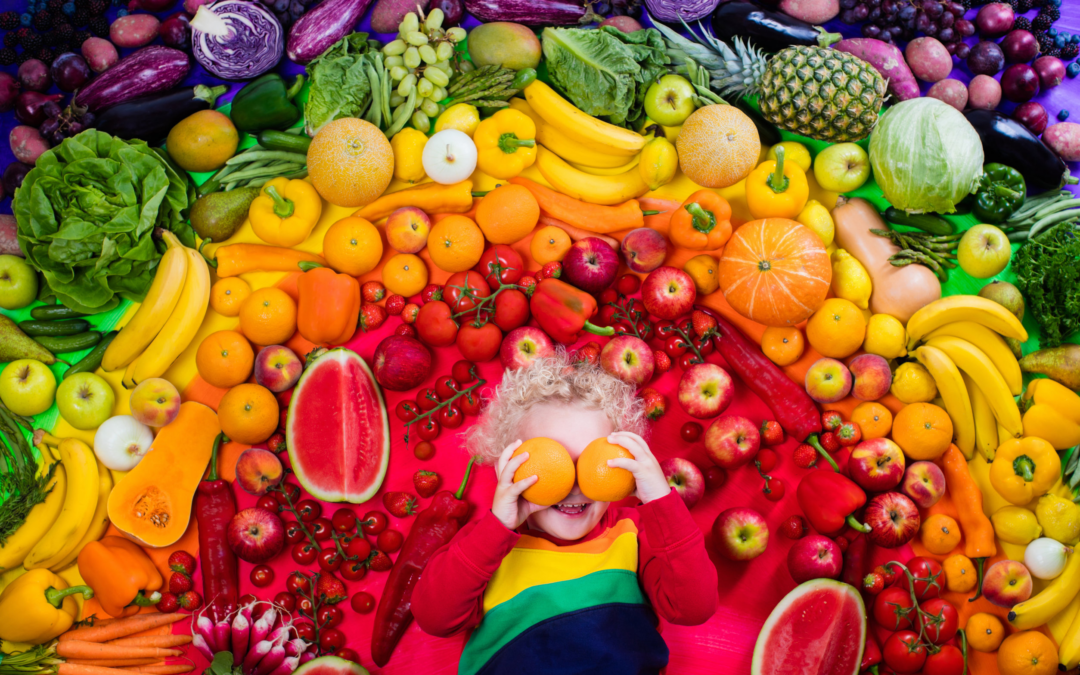
by Alison Bramley | Jan 16, 2023 | Uncategorized
EAT A RAINBOW
New Year Goal No 2.
The Phytonutrients found in the different colours of our fruit and vegetables are so supportive of good health. How awesome is that, the food we eat really can make a huge difference to our health.
Each colour contains different phytonutrients needed by our body.
This definitely embraces the quote by Hippocrates “Let food Be Thy Medicine”
Fruit and vegetables also provide essential fibre, that not only keeps us regular but also helps feed our gut bacteria essential for good health and a happy digestive system.

DEEP
RED/
BLUE/
PURPLE
The red/blue purple pigment found in foods contain the flavonoid anthocyanin. This helps support
- Healthy Blood Pressure
- May help with brain function
- Support a robust immune system
- The fibres found in these fruits and veg are great for our gut bacteria
GREEN
Our good old leafy greens tend to be high in fibre, vitamins such as beta carotene, which supports healthy looking skin, vitamins C and E, lutein, and zeaxanthin which are all supportive of eye health along with minerals potassium and magnesium needed by our nervous system.
Green veg such as broccoli, broccoli sprouts, cabbage also contain the phytonutrient sulforaphane which supports our detoxification pathways – always good to get rid of the toxins and rubbish our body no longer needs.
ORANGE
Orange coloured veg also contain carotenoids such as beta carotene and as mentioned supports healthy skin and also helps with a robust immune system. Also don’t forget our wonderful spices such as turmeric which contains curcumin, great for supporting a healthy inflammatory response.
RED
These coloured fruit and veg contain quercetin and lycopene powerful antioxidants. Lycopene is thought to help our skin when damaged by the sun. Quercetin helps support healthy blood pressure and our body’s inflammatory response.
BROWN/WHITE
These veg contain flavones such as luteolin and one you may be more familiar with the pungent allicin, found in garlic and onions. These are thought to help support a healthy immune response to pathogens (bugs) with allicin also supporting healthy blood pressure.
Rainbow Plate choose from the following examples
| Red |
Purple/Blue |
Yellow/white |
Green |
Orange |
| Raspberries |
blueberries |
capsicum |
leaves (salad) |
carrots |
| apples |
red/purple rice |
cauliflower |
kiwifruit |
capsicum |
| capsicum |
blackcurrants |
onions |
cucumber |
apricots |
| tomatoes |
grapes |
spring onion |
celery |
kumara |
| strawberries |
beetroot |
garlic |
broccoli |
pumpkin |
| red onions |
purple carrots |
mushrooms |
bok choy |
turmeric |
| radishes |
blackberries |
turnips |
spinach |
squash |
| |
|
|
silver beet |
|
All in all some fantastic reasons for eating our colours each day. Your body and each cell will definitely thank you for it.

by Alison Bramley | Apr 6, 2017 | Uncategorized

For great health look after your cell environment. Put junk into your blood, get junk blood. We can be the masters of our own health.
Today Dr Bruce Lipton gave a fascinating lecture at South Pacific College on the Biology of Belief. He spoke about the genes not be the controller of life and that our cell’s environment has a profound affect on the viability and health of the cells and ultimately our health. Epigenetics (control above the genes) means we are not powerless victims to our genetics but can change the environment of our cells and become masters of our own health
What Affects Our Cell Environment? Dr Lipton spoke about the importance of nutrition and the signals that were being sent to our cells through chemical messengers such as hormones and neurotransmitters.
Nutrition – after all the fate of the cell depends on the composition of the blood, “put junk in get junk blood” = poor cellular environment.
Cellular Signals – this includes our own brain’s perceptions and beliefs (emotions) which affect the chemicals (hormones and neurotransmitters) made. Our brain can be thought of as a chemist making up a culture medium, the blood. These chemicals can be stress and inflammatory hormones which have an important role to play but are not always appropriate and can negatively impact our health, or those feel good hormones associated with attachment and feeling happy.
Become Masters of Your Own Health. Help provide a great environment for your cells by eating good nutritious food, avoid sugar and harmful additives but ensure a good intake of omega oils. Look to change your perception of life and what is a threat and what really isn’t – scary thoughts make scary cells. Love is a very powerful, positive emotion and should be fostered. Find your purpose, having a purpose and something important to do enhances life.
Love Yourself You Are Unique And Special 🙂

by Alison Bramley | Mar 21, 2017 | Uncategorized

SLEEP HYGIENE
Does the above picture of someone lying awake at night watching the hours tick by ring true to you? Read the sleep hygiene tips below to help improve your sleep.
Having great sleep hygiene involves creating habits that are necessary for getting a good nights sleep. Sleep hygiene is important for everyone and can prevent sleeping disorders. Even some small adjustments can be the difference between a good night sleep and a restless sleep. To have great sleep hygiene create the following habits:
- Avoid caffeine close to bedtime
- Avoid computer and cell phone use a couple of hours before bed. The blue/white light they omit disrupts your body’s circadian rhythm making sleep more difficult
- Get regular exercise
- Do something relaxing before bed
- Do not bring problems to bed or go to bed straight after an argument.
Still having trouble sleeping? Call our Natural Health Clinic on (09) 4444527 to ask about other ways we can help including Herbal Formulas, Flower Essences, Buteyko Breathing Courses. Or visit our website for more information https://www.simplygreathealth.co.nz

